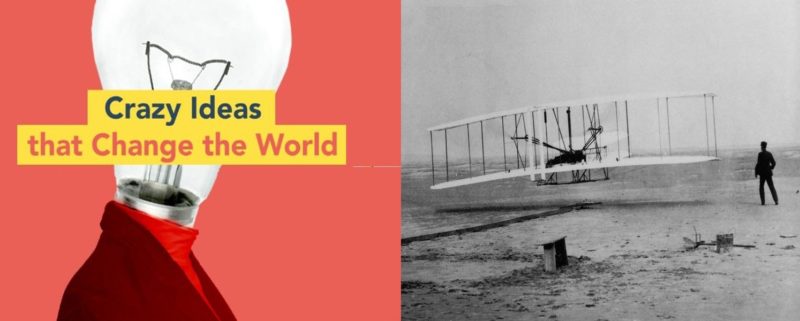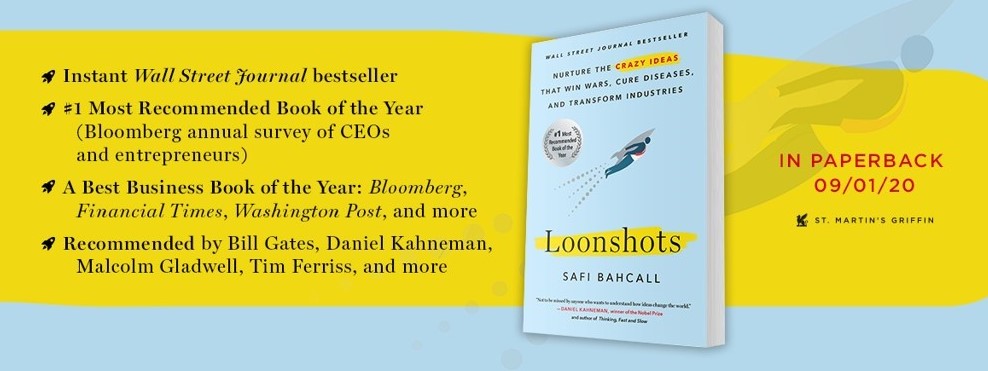In Praise of Crazy Ideas: Judah Folkman, Kitty Hawk, Joe Biden, and the Cancer Moonshot
This article originally appeared in The Scientist.
In 1971, Judah Folkman, then a 38-year-old surgeon at Boston Children’s Hospital, proposed a radical idea: tumors in the body send out signals that trick surrounding tissues into helping them grow. The signals instruct these tissues to sprout new blood vessels, which can deliver oxygen and other nutrients to cancer cells. He suggested designing a new kind of drug, one that would block those signals, preventing or destroying the new blood vessel growth and starving tumors.
Cancer at the time was treated mainly by flooding the body with poison (chemotherapy) or searing it with radiation. Folkman’s idea of subtly targeting some mysterious communication channel between tumor and host was met with scorn. When he spoke about his idea at scientific meetings, Folkman said, the room would empty out: “Everybody had to go to the bathroom at once.” One year, the criticism was so intense that Boston Children’s Hospital convened an external committee to review his research. The committee judged his work to be of little to no value. He was asked to resign as chief of surgery should he choose to continue the studies. He resigned and, fortunately for all of us, continued his research.
Today, Folkman’s thesis underlies nearly all modern approaches to treating cancer, from anti-angiogenesis therapy to cancer immunotherapy. The work has resulted in dozens of FDA-approved drugs that have helped hundreds of thousands of cancer patients, and has inspired the development of a broad new category of drugs, VEGF inhibitors, that can reverse a certain form of blindness (that caused by macular degeneration).

Asked to write an essay about pursuing “ideas that are outside the boundaries of what some would call rational thinking,” adapted from my forthcoming book, Loonshots, I hardly knew where to start. So many great breakthroughs in drug discovery were initially considered crazy.
In the 1970s, when Japanese biochemist Akira Endo sought to develop a compound to lower blood cholesterol, the research community wrote off the concept, reasoning that every cell contains cholesterol, so any such drug must harm every cell. Fortunately, he persisted. The statins he developed have prevented millions of heart attacks and contributed significantly to a three-decade decline in deaths from heart disease.
In the 1990s, chemist Julian Adams insisted on developing a cancer drug known as PS-341, which blocked proteasomes—the waste receptacles of cells. Every cell, like every home, needs waste disposal. Blocking that system is a crazy, irrational idea. Except that it worked. The drug became a revolutionary new treatment for multiple myeloma.
Folkman liked to include a slide in some of his presentations with a clip from a 1903 New York Times article. The article described yet another failed attempt at building a flying machine and explained exactly why any such machine could never work. Nine weeks later, two brothers took off from Kitty Hawk, North Carolina, in the world’s first successful airplane.

Overconfidence in accepted wisdoms discourages true innovation. The recent proliferation of spectacular scientific tools—from full-genome sequencing to CRISPR—increases this danger, by encouraging the pursuit only of rigorously validated targets. But complex systems such as human cells and tissues often produce results that can’t be predicted from simple laboratory analyses.
If we want great breakthroughs, we need to encourage crazy—even irrational—ideas, whose logic might defy our best current models. Doing so requires humility: the willingness to question our beliefs.
Former US Vice President Joe Biden declared a moonshot against cancer in 2016. Similar goals may soon be set against other diseases.
It’s important to keep in mind that a moonshot is just a destination.
Nurturing loonshots—the neglected ideas whose champions are often dismissed as crazy—is how we get there.
This article originally appeared in The Scientist.
Read more Letters
Read the Five Laws of Loonshots

“A groundbreaking book that spans industries and time” –Newsweek
“If the Da Vinci Code and Freakonomics had a child together, it would be called Loonshots” –Senator Bob Kerrey
